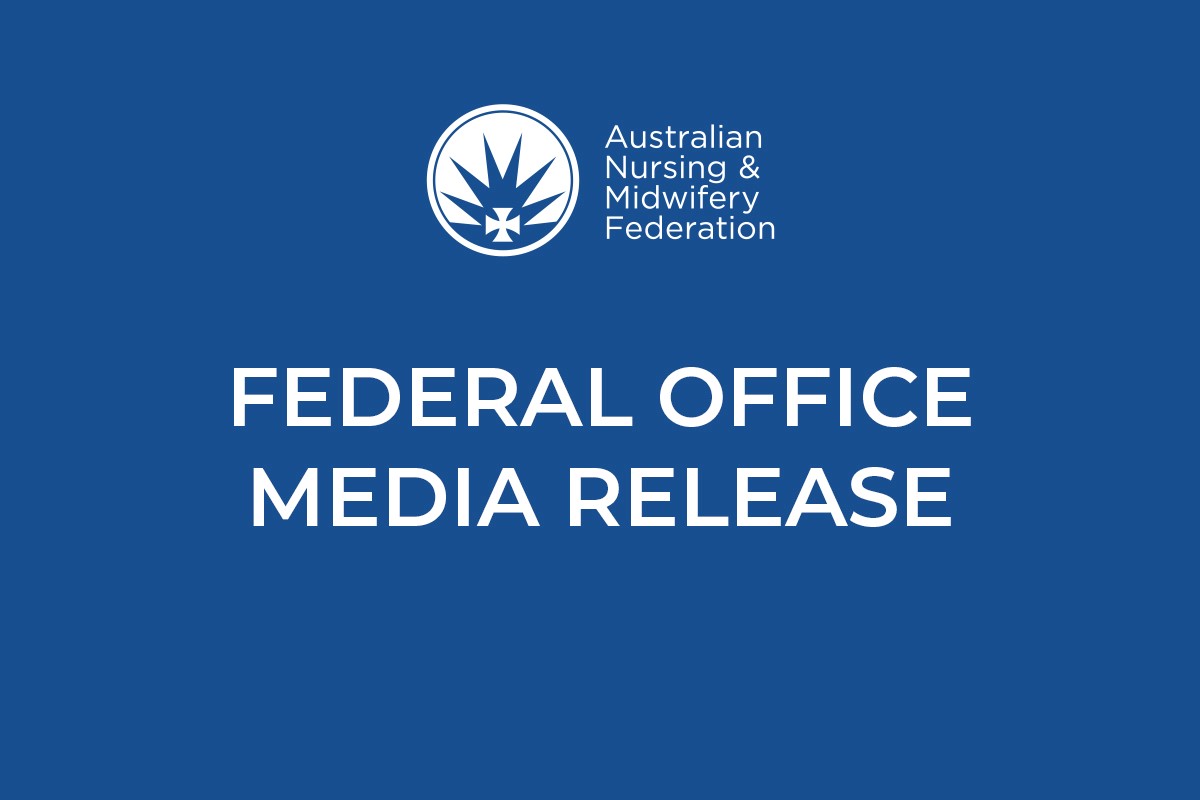
Fairfield Hospital ward circa 1930, courtesy Darebin Heritage
While in 2021 public health officials combat the COVID-19 pandemic, 30 years ago nurses working at Fairfield Infectious Diseases Hospital were among campaigners trying to save their world-renowned hospital from closure.
The ANMF (Vic Branch) magazine On the Record of July 1991 reports the ANMF (Vic Branch) nurse members mobilising against the so-called ‘mainstreaming’ of their patients under then-Premier Jeff Kennett’s widespread cuts to public hospitals.
Since opening in 1904, the Fairfield Hospital, initially known as the Queen’s Memorial Infectious Diseases Hospital, earned an international reputation for its combined research, education and clinical expertise. The protesting nurses were concerned that separating these components would reduce the quality of care for patients at Fairfield with infectious diseases and respiratory illnesses.
The hospital was established to care for patients with infectious diseases such as typhoid, diptheria, smallpox and scarlet fever which were rife in Victoria in the 19th century. At the time, there were only two general hospitals – the Royal Melbourne Hospital and The Alfred – which struggled to cope with the annual bouts of infectious diseases.
After a child admitted to The Children’s Hospital contracted diphtheria in the hospital and died in 1877, the hospital’s committee ruled that unless they were dying, children with infectious diseases were not to be admitted. By 1890, The Children’s Hospital was turning away more than 20 cases of typhoid fever per week. Despite this, nurses continued to die each year after contracting infections from patients.
By 1923 the Fairfield Hospital had 523 beds and within 15 years, 720 beds spread over 56 wards. The annual intake of patients ranged from 3,100 to 6,800 with the busiest years being 1918-1920, the years of the Spanish influenza outbreak. In the late 1980s, patient intake jumped to over 10,000 per year.
An epidemic of poliomyelitis in the late 1930s led to 1275 cases being admitted between July 1937 and July 1938, many under the age of 14 years. Seventy-seven patients died and many were permanently disabled.
In 1940, the hospital became a training school for nurses. By 1950 the first of several virology laboratories were established and in 1986 the medical research centre was renamed the Macfarlane Burnet Centre for Medical Research after Sir Macfarlane Burnet, who was honorary consultant epidemiologist at the hospital from 1946 until his death in 1985.
From 1961 to 1977 the hospital’s director of nursing was none other than Vivian Bullwinkel, the nurse famous for surviving the Bangka Island massacre and a Japanese prisoner-of-war camp during World War II.
The first AIDS patient was admitted to the hospital in 1984 and in its final decade the hospital was known for its treatment of HIV/AIDS patients – including HIV testing – and research of the virus.
In October 1984 two doctors, Associate Professor Anne Mijch and Professor Suzanne Crowe, started the first AIDS outpatients clinic at Fairfield Hospital. Initially, 25 per cent of patients were found to have HIV. In June 1986, the hospital cared for 38 ‘Category A’ AIDS patients; a year later, that number had increased to 85.
‘We used to go to funerals all the time,’ Professor Crowe reflected in a 2018 article on the Burnet Institute’s website.
Treatment of HIV/AIDS patients continued to dominate Fairfield Hospital’s clinical services in the 1990s, with 592 patients treated at the hospital in 1991-92 and 1506 HIV patients attending the hospital during that year – 90 per cent of Victoria’s HIV notifications.
In February 1991 a report on integrating Heidelberg Repatriation Hospital into the state health system, commissioned by the Victorian Health Department and the federal Department of Veterans Affairs, recommended the closure of Fairfield Hospital.
When then-Victorian Health Minister Maureen Lyster announced the impending closure, over 100 staff members called an emergency meeting on 22 May. Within a week, health unions met at Trades Hall to plan their opposition. A meeting of over 500 unionists, patients and community members at Fairfield Hospital resulted in the formation of the Save Fairfield Committee.
A mass rally of over 1000 patients, staff and supporters marched from City Square to Parliament House on 5 September 1991, and a petition with more than 100,000 signatures was delivered to the Health Minister. On 1 December, 3000 supporters of the hospital marched through Melbourne in a protest organised by the AIDS activist group, Act Up.
The campaigners’ actions won a reprieve for the hospital’s clinical services but with the election of the Liberal Party under Jeff Kennett in 1992, the writing was on the wall for Fairfield Hospital.
In 1995, the Metropolitan Hospitals Planning Board recommended that Fairfield Hospital be merged with the Austin Repatriation Medical Centre. Despite the objections of many, the hospital was closed in June 1996, with many patients relocated to The Austin.




